Filter by subject
Article
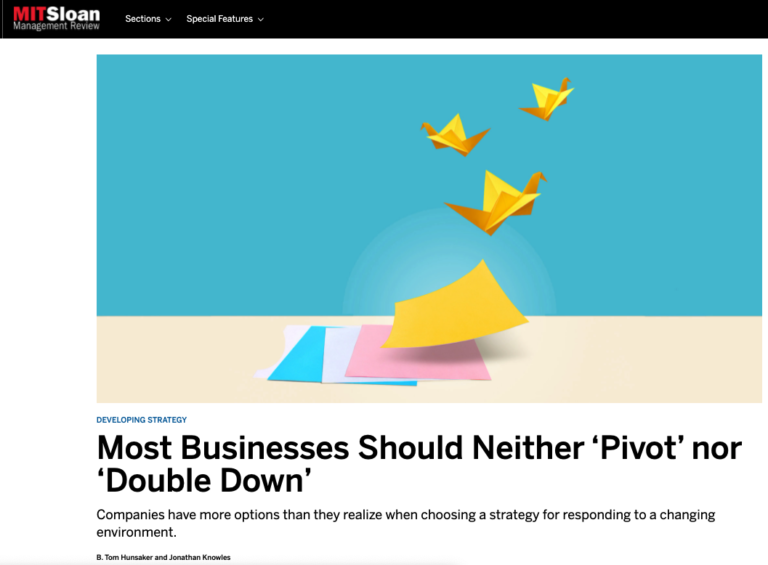
In the third article of our “strategic management of change” series in MIT SMR, we share three key insights from research using the MADStrat framework – the proportion of businesses that should adopt change in the form of magnitude vs. activity vs. direction; the need to focus on being both relevant and distinctive; and the requirement to consider the perspective of multiple stakeholders in order to create strategies that are sustainable.
Article
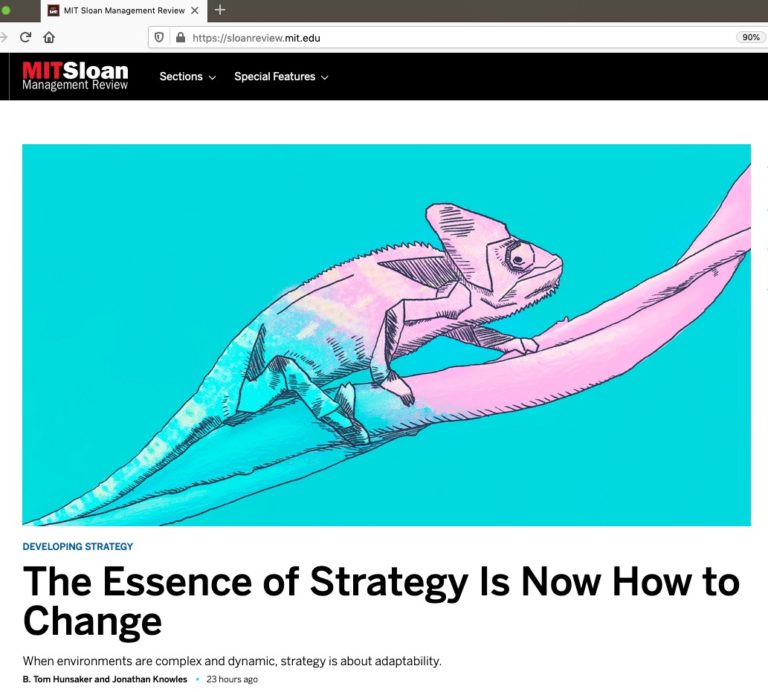
Traditional approaches to strategic planning suffer from two serious limitations – namely they are based on the assumptions of industry stability and shareholder primacy. This article puts forward an alternative framework that assumes that change is inevitable and that fit-to-purpose and relative advantage among a broad range of stakeholders is the basis for sustainable business success.
Article
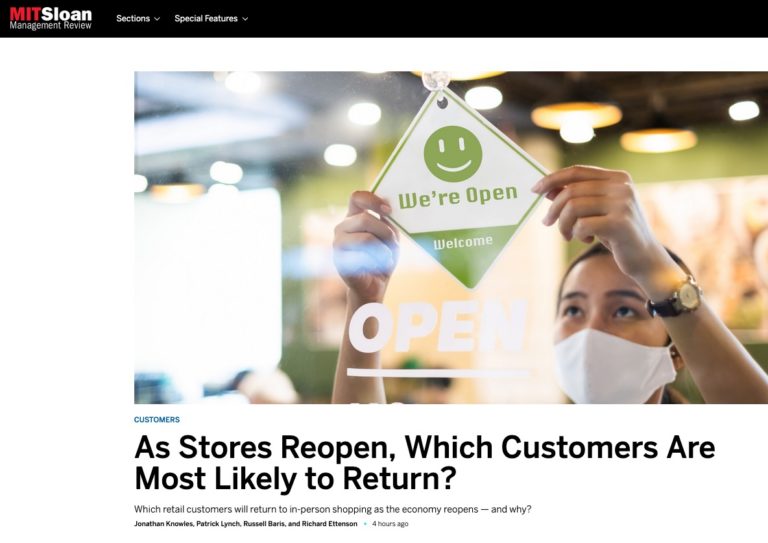
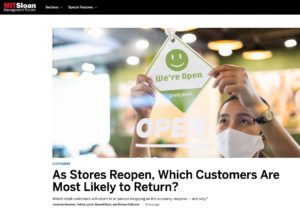
COVID and the associated lock downs have dramatically impacted shopping behavior and rebalanced priorities for retail customers. This article reviews the impact on consumer behaviors based on research among a representative sample of more than 5,000 U.S. households and identifies five major shopper segments.
Article
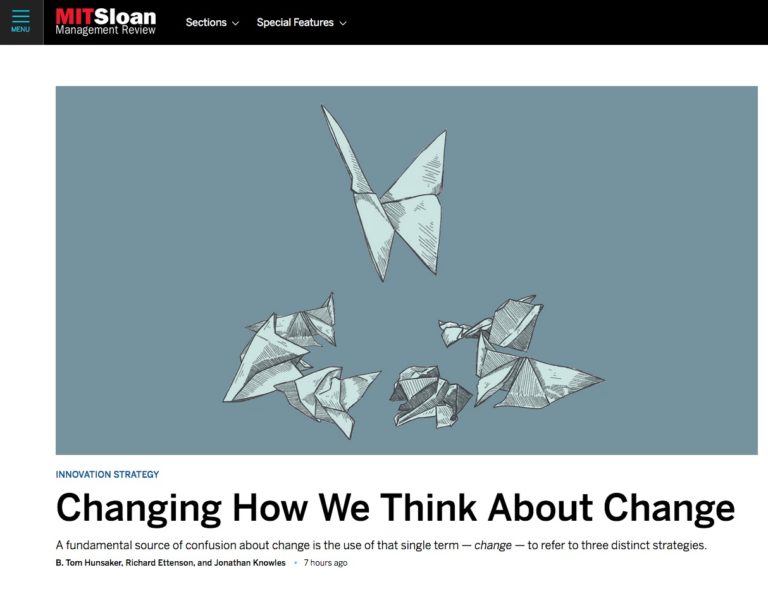
A fundamental source of confusion among executives is the use of a single term to refer to three very different strategic responses to business challenges. We discuss how change can involve magnitude, activity or direction, and how executives can assess what form of change is appropriate in their context.
Article
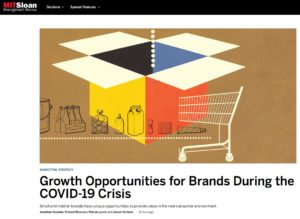
Consumers have adapted their shopping routines due to COVID with more than 50% reporting they had made purchases from “brands that were new to them” and that these new brands accounted for more than 30% of their purchases. We use the SAVE framework to show how brands can adapt to the changes to consumer behavior and attitudes in order to innovate how new value can be created and delivered.
Article
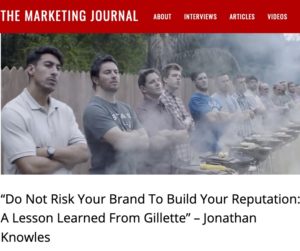
Gillette’s campaign “The Best Men Can Be” prioritizes social approval over customer demand – and that’s a strategic mistake. Your organization’s license to operate relies on achieving buy in from a broad range of stakeholders, but your success as a business ultimately depends on engaging with customers in a way that motivates them to buy.
Article
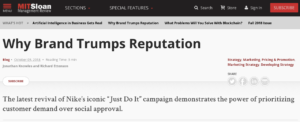
Nike delivers a masterclass on how to differentiate between the needs of their brand versus the reputation of their business. Most companies want “to have their cake and eat it, too” by not recognizing that achieving a distinctive brand positioning among consumers sometimes comes at the expense of popularity and approval in the eyes of a wider set of stakeholders.
Article
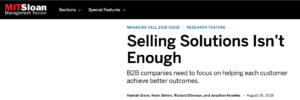
Since when did a “solution” refer to the bundle you want to sell, rather than to the resolution of a specific customer need? We explore the five key areas in which companies need to make progress if they are serious about focusing on the outcomes that their buyers wants to achieve.
Article
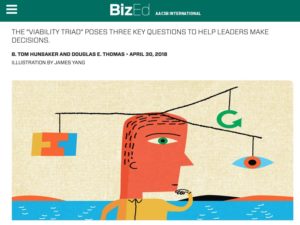
Three key factors determine the potential for an idea’s success – desirability (will it be valued?), feasibility (can it be done?), and sustainability (should it be done?).
Article
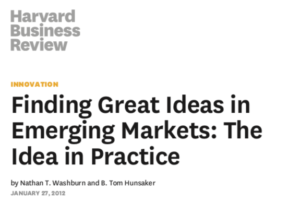
Tomas (not his real name) works in Chile as a regional vice president for a European company with operations throughout the globe. How can he convince the global headquarters in Germany of the value of a modified product for the Latin America market? Executives had repeatedly dismissed his assertions of the opportunity that could be unlocked through adapting an existing, German product to meet local requirements?